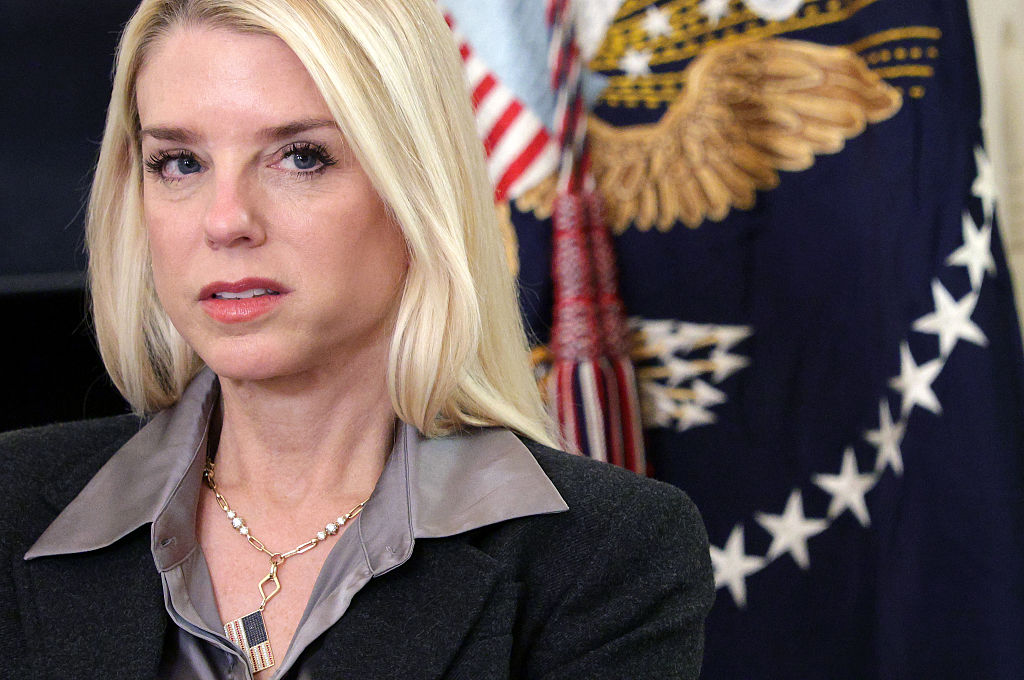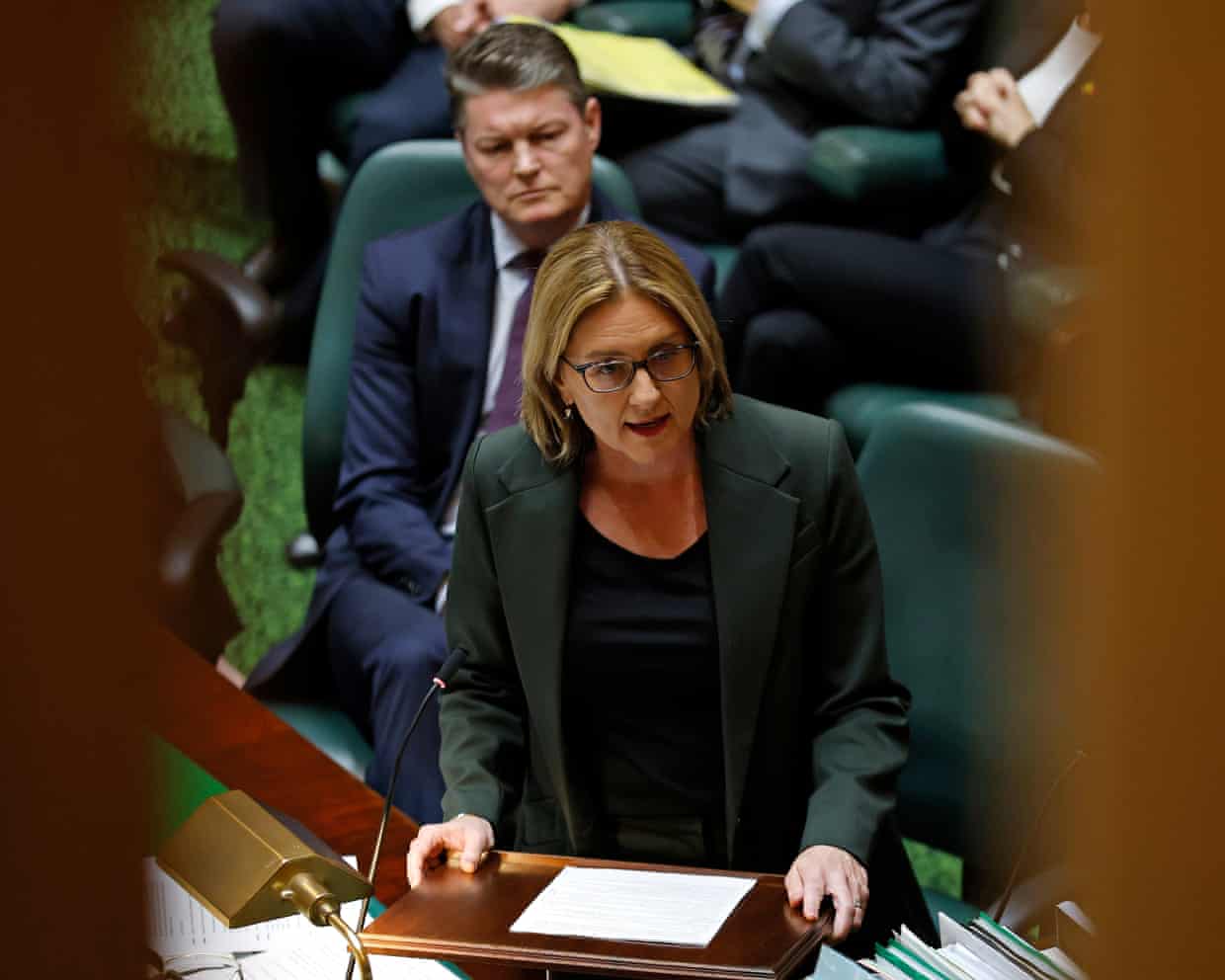The U.S. Department of Justice (DOJ) has announced plans to send monitors to polling locations in six jurisdictions ahead of the upcoming elections on November 4, 2024. The selected areas include Los Angeles, Orange, Riverside, Kern, and Fresno counties in California, along with Passaic County in New Jersey. This initiative aims to uphold compliance with federal voting rights laws and ensure transparency in the electoral process.
The DOJ’s Civil Rights Division will oversee the monitoring efforts, which were initiated following requests from state Republican parties expressing concerns about adherence to federal statutes. In a statement, Attorney General Pam Bondi emphasized the importance of transparency, stating, “Transparency at the polls translates into faith in the electoral process, and this Department of Justice is committed to upholding the highest standards of election integrity. We will commit the resources necessary to ensure the American people get the fair, free, and transparent elections they deserve.”
The DOJ characterized the deployment of monitors as part of its enforcement of civil rights protections under the Voting Rights Act and related legislation. Personnel from the Civil Rights Division will be present to receive complaints and coordinate with U.S. Attorney’s offices, reinforcing their commitment to maintaining electoral integrity.
Despite the DOJ’s assurances, critics have raised concerns about the potential for intimidation, particularly in areas with strong Democratic voter bases. Local voting rights advocates have described the presence of federal monitors as unnecessary, arguing that it may deter voters in communities that have historically faced discrimination. This move marks a significant shift, as federal monitoring typically follows documented patterns of discrimination rather than being prompted by party requests.
The optics of the monitoring initiative have drawn attention amid ongoing debates about the federal government’s role in state-run elections. The practice of deploying federal observers dates back to the post-1965 Voting Rights Act enforcement, which primarily targeted jurisdictions with proven discriminatory practices. The current situation is politically notable due to its initiation based on party requests, rather than as part of a court-ordered remedy.
The effectiveness of these monitors in reassuring voters or exacerbating partisan tensions will depend on their visibility and activity on Election Day. Observers are keenly aware that the key issues extend beyond legal authority to the broader political consequences. The central question remains: will federal oversight foster greater trust in election outcomes, or will it deepen suspicions that the ballot box is a contested arena?
As the election date approaches, the deployment of monitors will be closely scrutinized, with implications for voter turnout and perceptions of electoral fairness in the United States.







